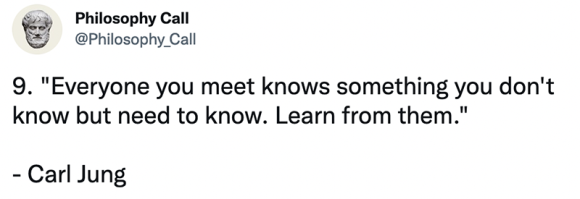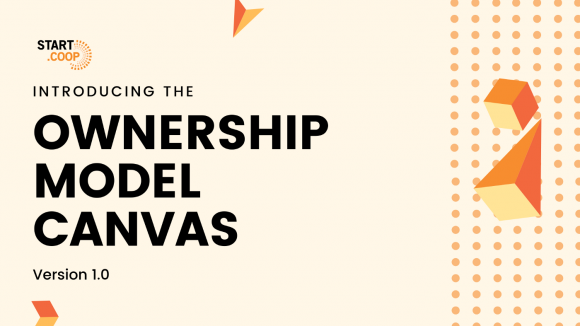
As the 2020s begin, so do both the puns and the retrospection. Combining the two, let’s look back at the first seven years of fledglings, and learn from those 95 companies to find patterns that lead to success and which lead to failure.
Failure
There is a lot less to learn from success than failure, so let’s start with the bigger learnings. In no particular order:
- Timing really is the most important factor for startup success and failure. Seven years is long enough to see which early fledglings were too early for the market. This is one key reason why learning #2 has become more prevalent. Tansa Clean is the best example of this of all the fledglings.
- Investors require signs of progress, a.k.a. traction. Most every investor in the early 2000s pass on idea-stage and prototype-stage companies, no matter how compelling the idea. The rare “patron” can be found if you talk to enough investors, but most first-time entrepreneurs give up after a dozen pitches instead of the 500 pitches required to find these elusive investors. Juabar had trouble getting from prototype to full scale.
- Co-founders are even more elusive. Many early fledglings expected that they’d find a co-founder while a the two months at Fledge or from their online video from Demo Day. None succeeded at this quest. We are a lot warier of solopreneurs than we used to be, and they should be too. HERE seemed to be the exception to this rule, but the partnership didn’t work out.
- It takes more than a pair of co-founders to succeed. It takes a whole team to build a great company, and that requires revenues (if not also outside investment) to pay for. At the beginning it feels like there is the Catch-22 of funding and co-founder, but really there is a whole series of Catch-22s as companies keep growing and keep finding other resources they are lacking. Snohomish Soap suffered from #2, #3 and #4 finished it off.
- Failure often comes from the direction you are not looking. Some of the failed fledglings were two-sided businesses. We focused on the one side that we were most worried about. The other side no one questions, but that is where the flaw was ultimately found. Worry about your customers, vendors, partner, and employees, and every other stakeholder in your businesses. We worried and worried at Community Sourced Capital about lenders, but the real problem was borrowers.
- Early customers are not a sign of product-market fit. Month over month (or quarter over quarter) growth in the number of customers is a good sign of that, as is lower and lower customer acquisition cost. The best signs are incoming requests to buy or demand outstripping supply. We knew were to taking chances on RevealX and Simpolfy but had to give them a try. The market said no.
- Physical products take more time and more money than service-based companies. Only start a company with a physical product if you either have a large amount of personal capital (or a large grant) to fund the first iteration of the product, if not the first two iterations as the first version is likely to not be what you envisioned it to be. See Karibu Solar.
Success
It is far more difficult to summarize patterns in the success stories, but a few stand out:
- Not every success story includes a lot of outside capital. East Africa Fruits and OBRI Tanzania both grew beyond $1 million in annual revenues on less than $75,000 of investment capital. myTurn chose not to follow the venture-scale path, but has Fortune 500 companies calling it to sign up.
- The opposite is also true. Raise a lot of money and you have the resources to create successful opportunity (that you then have to close). BURN Manufacturing went from paper plan to largest standalone cookstove manufacturer in the world. Evrnu went from lab prototype to commercial product in 60 months.
- Persistence can pay off. Arqlite applied to Fledge three times. It couldn’t find idea-stage funding in the U.S., but kept at it and found it in Argentina. Step by step it grew from idea to prototype to break-even commercial product and in 2020 is headed up north to be a U.S. company.
- Attention to detail is important too. Chicken Basket sounds like a simple company, but the location, status, and price of 300 chickens per day, 7 days per week, in a country without ubiquitous smartphones or power takes an incredible amount of paperwork and meticulous attention to detail to get right.
- When “everyone” knows the problem but no one steps up to solve it, there is a great opportunity for the rare entrepreneur who quits a job and creates a solution. Geossy did this when the Lake Victoria fishery collapsed. Green Charcoal Uganda when the forests were all gone. Ziweto when the government stopped supplying veterinarians. Cropital when banks wouldn’t fund farmers.
Foresight
If only foresight were as clear as hindsight, we’d tell you the ultimate fate of each of the 95 fledglings (75% of which are still up and running). But alas we’ll just have to check in with them at the end of the 2020s to see what happened and share more patterns of success and failure.




